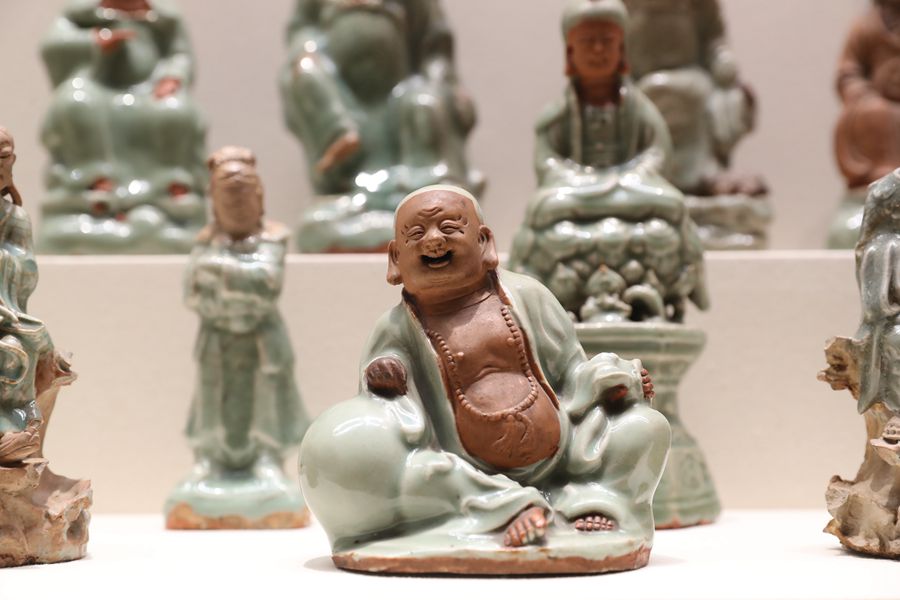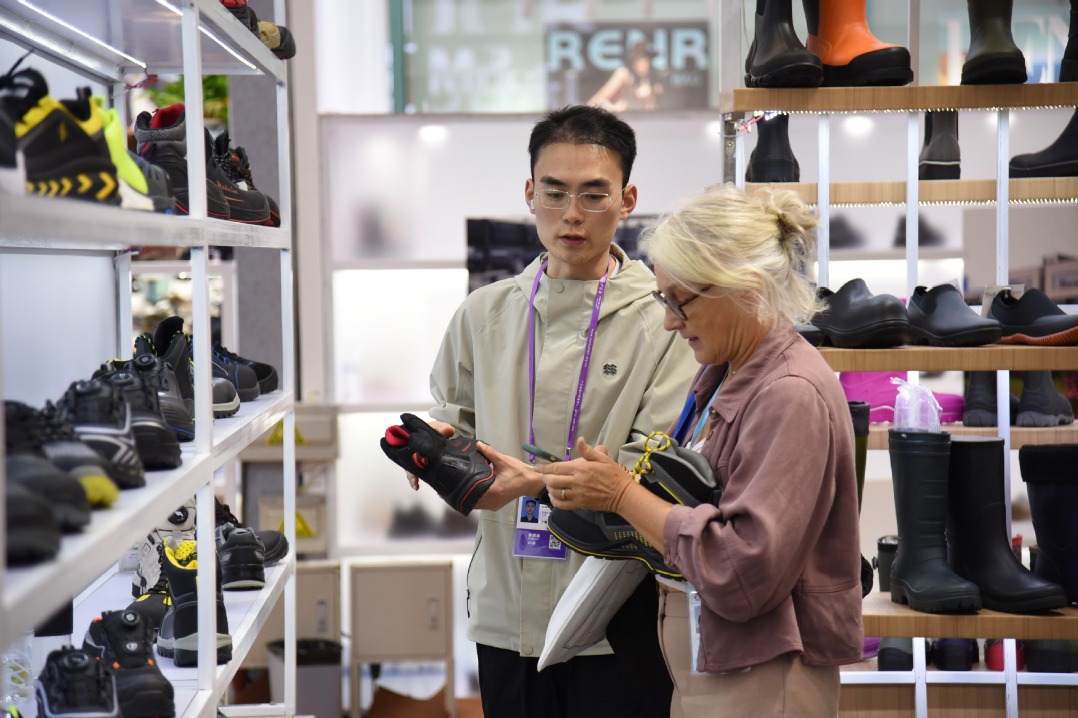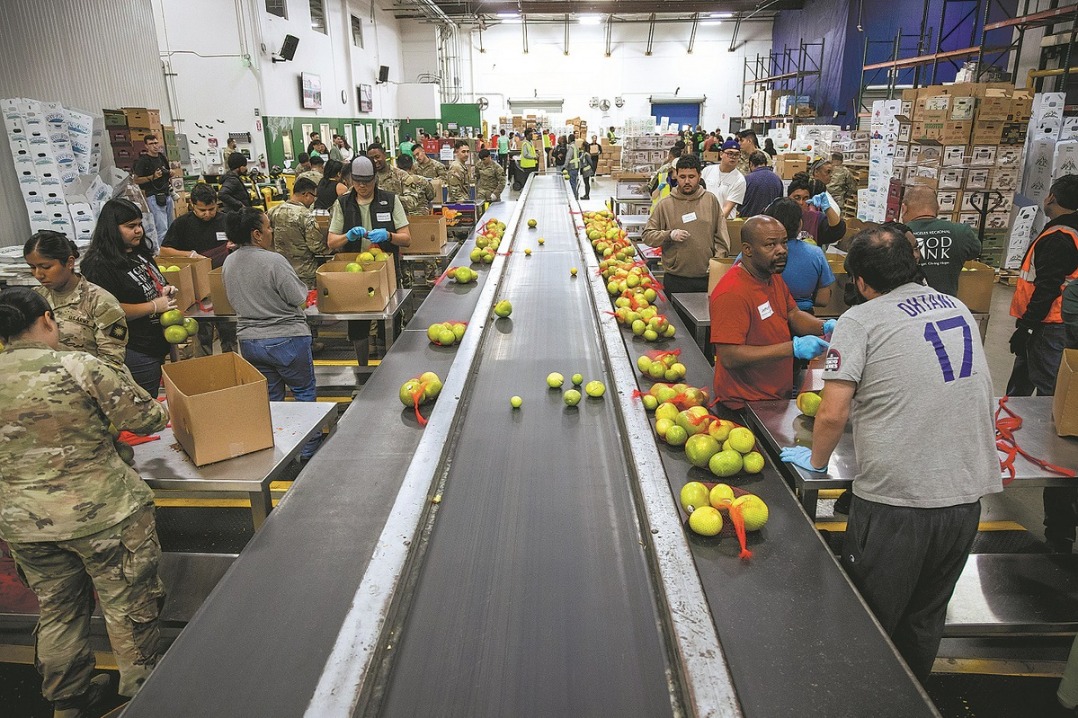Celebrated Longquan celadon on show in Palace Museum exhibition


About 40 museums from China and around the world have loaned exhibits, including the British Museum, the Tokyo National Museum, the National Museum of Iran and the National Museum of Korea.
"Longquan represents the highest level of craftsmanship of Chinese celadon-making," says Geng Baochang, 97, a researcher at the Palace Museum and China's leading expert on porcelain.
"This exhibition will show people how celadon originated in Zhejiang, and reached its peak in the Song Dynasty (960-1279)," he says.
The artifacts on display come in all shapes and sizes, and whether they were for daily use or for rituals, they reflect the different needs of consumers around the world. Whatever their purpose, the objects reflect their owners' taste for refinement.
After all, the Longquan Kilns were mainly used to serve the royal families during the Song and early Ming (1368-1644) dynasties, before celadon became a pillar of overseas trade in the 12th to 15th centuries.
"The products sold well around the world due to their high quality," he says. "Longquan celadon was an ambassador for Chinese porcelain overseas at that time. Its growing popularity also reflects how Chinese civilization began to gain recognition around the ancient world."
























